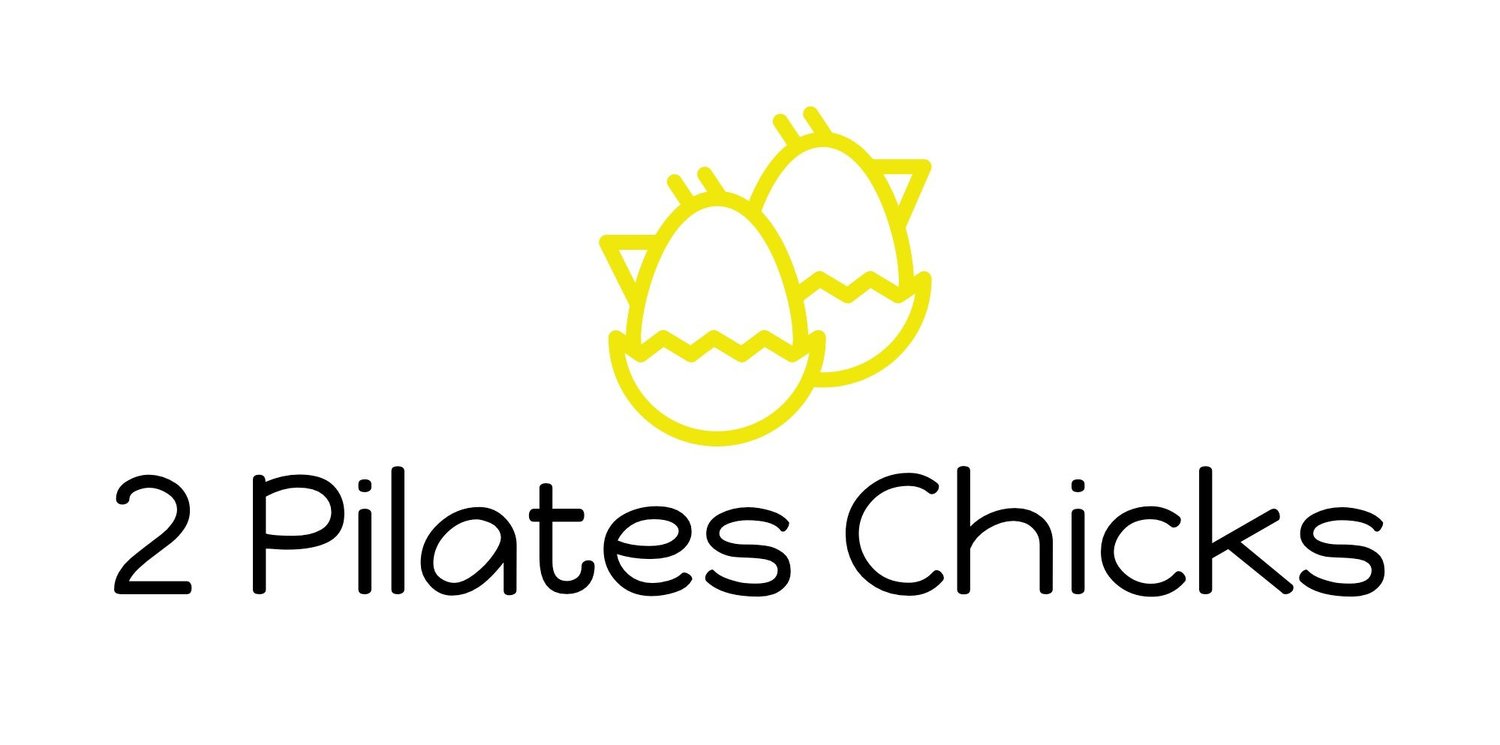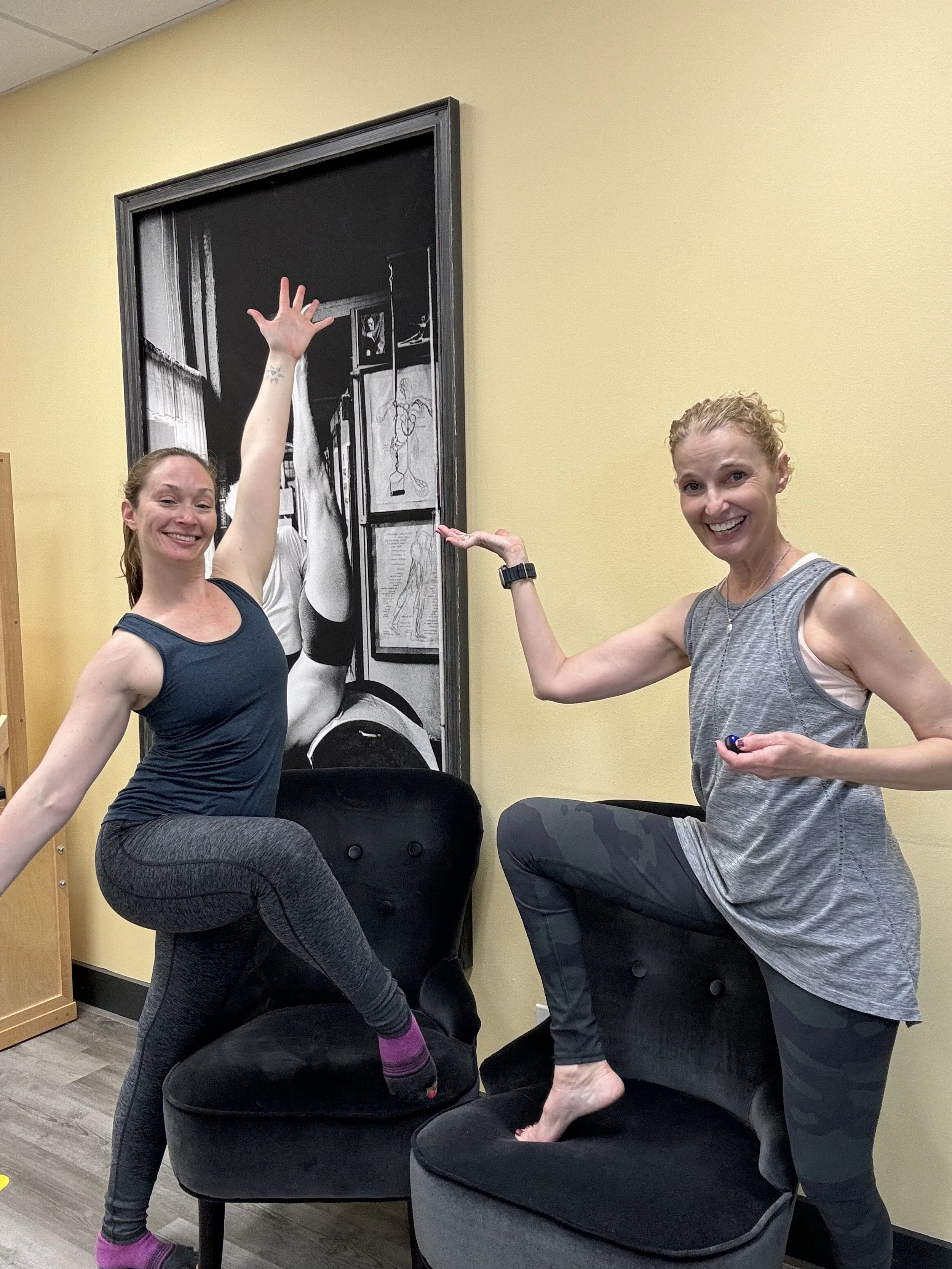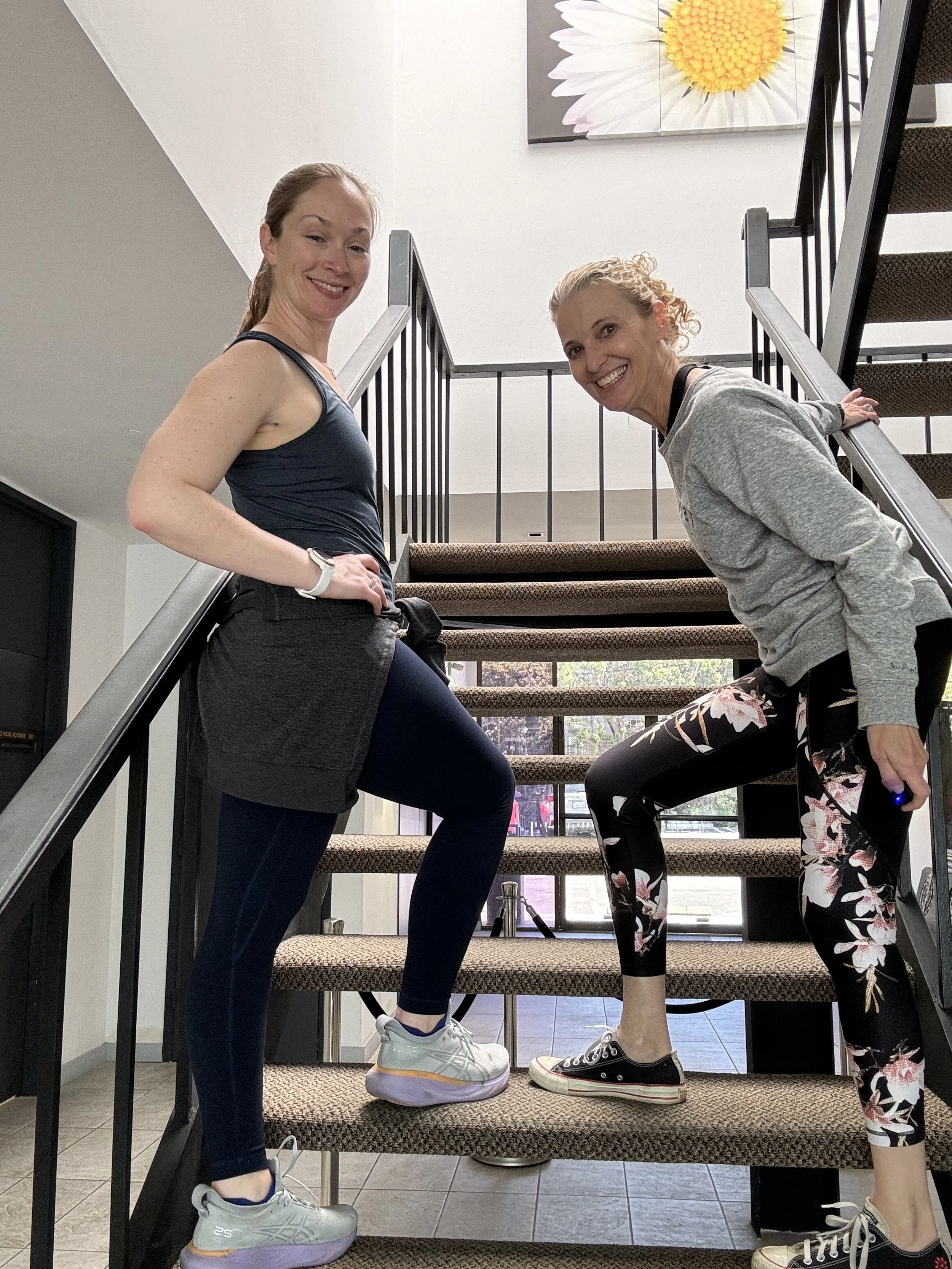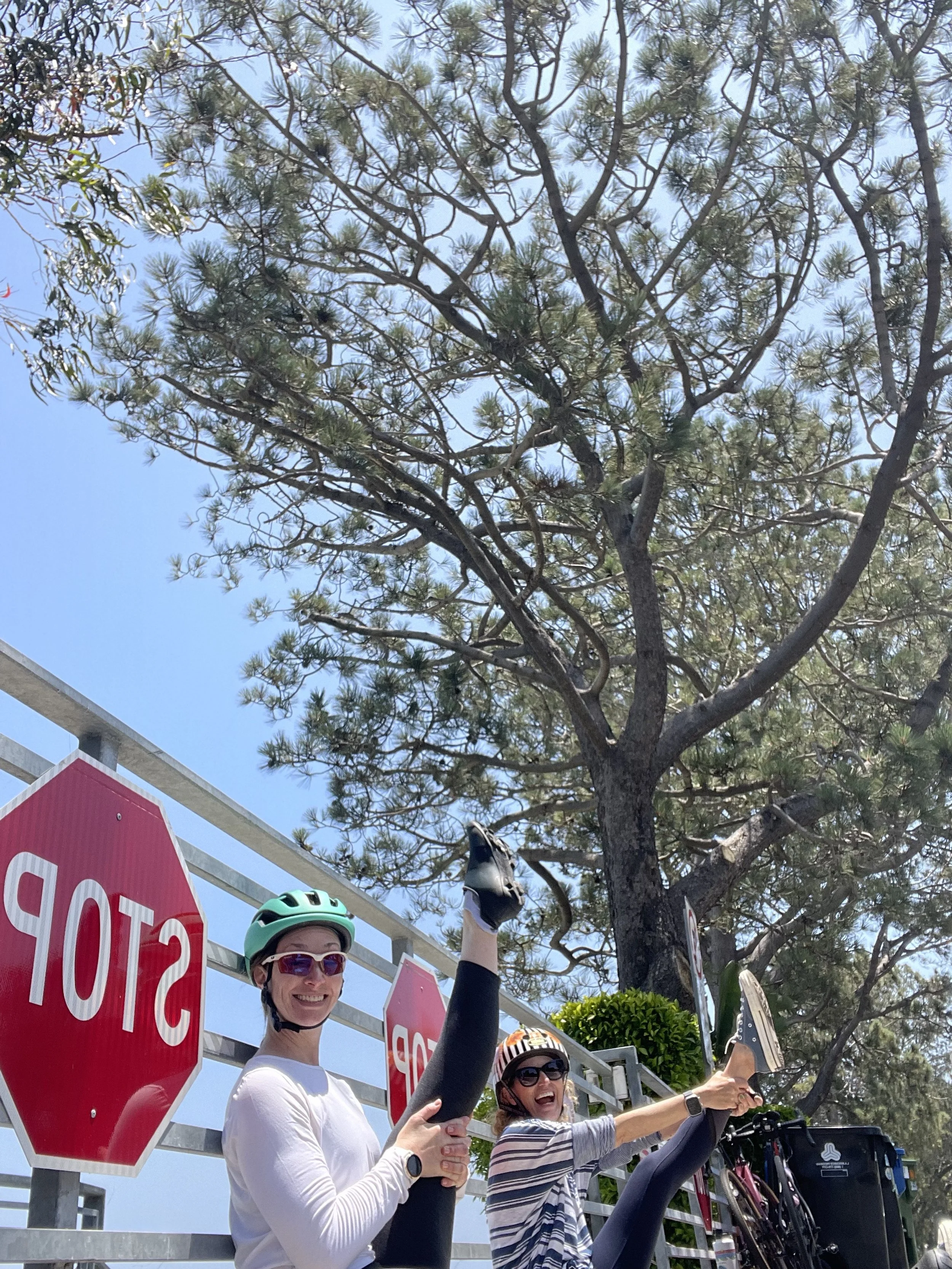How can Traditional Pilates benefit all Pilates teachers?
How can the traditional roots of Pilates benefit all teachers regardless of teaching style? What are the advantages of mastering traditional work even in today's modern setting? Do teachers have to teach classical work if that's what they learn?
In Season 5 Episode 6, "Adaptability in Teaching Pilates", we discuss how the foundational knowledge of any method benefits the practitioner. Even though there is an ongoing debate in Pilates about what style counts as "true" Pilates, the better discussion is how, regardless of style, all teachers can benefit from a strong foundation of classical or traditional Pilates. There are definite advantages for a teacher who understands the Pilates foundations while simultaneously being open to modern variations of movement theory. In teaching Pilates, we gain more adaptability for teaching many types of clients when we have both a foundational understanding of the classics as well as an openness to contemporary ideas.
Especially in today's modern training environment, we see countless new reformer variations and many new styles of Pilates-based exercise being advertised. One can observe some of the traditional apparatus and methods within these new approaches, yet also see how different it is from what one might expect when entering a Pilates studio. All these variations are fun and exciting for clients and new teachers, which we should embrace as branches of the Pilates and fitness industry. Simultaneously, it is important to encourage all teachers to understand the roots from where these variations emerge.
Some teachers who enter Pilates from a contemporary-based style assume that the classical style is limiting due to the idea that there is a "set order". However, a traditional or classical foundation doesn't limit the teacher in the original order but instead builds a strong base of knowledge from which to build. Even within the traditional order of exercises, a knowledgeable teacher will pick the exercises that work for the client on that particular day by observing how the client's body is responding to movement, listening to what they are feeling, and adjusting the exercises as needed to most safely and effectively give the client a full-body workout and movement experience.
Understanding the traditional work doesn't withhold a teacher from being able to teach contemporary classes, but rather deepens the understanding of Pilates work, the purpose of exercises, and how and why to teach an exercise. Pilates teachers need to understand what is happening when they see certain things in their client's movements and how to adapt an exercise to their needs.
Learning the comprehensive system of traditional and classical Pilates will give this foundational knowledge of how to adapt the system for the individual. This then helps the teacher feel more confident in their work and become a more adaptable and versatile practitioner. The most foundational movements are the base for the more complicated and complex movements that clients want to learn how to do later on, so we have to help them through safe progressions which entails the teacher understanding the progressions and regressions from the foundations to guide the client safely and effectively. Understanding movement foundations is key, to keeping the client challenged and capable in the work.
We do not have to stay strict with traditional movements all the time in our teaching. Many forms of movement are very integrated into Classical Pilates goals, approaches, and practice. As teachers of Pilates, we can go outside the traditional form and understand how it helps the client, and why it makes sense for this individual, and by deeply understanding the foundations we are better able to add in these other techniques of exercise, therapeutics, and movement, and the different styles of Pilates that all fit into the original work. This allows for the teacher to be capable of catering to a broader range of clients, by having the foundational knowledge along with an openness to other styles as well. From that foundation, we can integrate a more complex style, more complicated movements, and a broader movement approach to teaching to help the client attain their goals.
Even if a teacher has been practicing for a long time, it can be very beneficial to return to the basics, back to the foundations. When first participating in teacher training programs there is so much to learn and absorb. Then, after someone has been teaching for a while they realize how much more there is to keep learning. Teachers need to be lifelong students, always learning more, and improving the understanding of movement theory, Pilates, exercise science, and biomechanics. As we learn more our confidence grows, and we can better understand what we do know and what we don't know. The confidence in deeply knowing what we're teaching from the foundations and roots of the subject matter is vital. There is always more to learn and having the foundation to start that we can then build off from sets up both teacher and client for a successful movement practice.
It doesn't matter what style of Pilates a teacher ultimately decides to focus on in their career, and while someone might specialize in a certain method, they can always use many variations that work best for them and their clients. Overall, teachers will have a greater ability to work with a broader scope of clients in teaching Pilates when the foundations are understood regardless of the teaching style. So even when teaching the popular fitness, Pilates-based classes it's fantastic to understand where those movements originated because the teacher then has the training to understand how to help clients in whatever method they need.
There is more adaptability in teaching Pilates when we understand the classical foundations, even if we don't stick to teaching that method. By building a strong foundation we deeply appreciate the work, can help more clients, and feel more confident in our abilities as teachers.
Advantages of Traditional Pilates for Teachers:
Stronger Foundation: Mastering traditional work builds a deep understanding of Pilates principles, exercise purposes, and movement progressions.
Adaptability: This foundation allows teachers to adapt exercises for individual clients and integrate contemporary variations more effectively.
Confidence: A strong foundation fosters confidence in teachers' knowledge and ability to guide clients safely and effectively.
Broader Client Base: Understanding traditional Pilates equips teachers to cater to a wider range of clients with diverse needs.
Lifelong Learning: Returning to basics reinforces understanding and opens doors to further learning in movement theory and Pilates.
Why Traditional Roots Matter in Modern Pilates Settings:
Understanding Variations: Traditional knowledge helps teachers understand the roots of modern variations and integrate them safely and effectively.
Client Safety and Progress: Building on a strong foundation ensures safe progressions and avoids skipping essential building blocks for clients.
Effective Teaching: Understanding the purpose and "whys" behind exercises allows for better explanation and client guidance.
Key Points:
Traditional Pilates is not a rigid style, but a foundational knowledge base.
Teachers can specialize in modern styles while still benefiting from traditional knowledge.
A strong foundation fosters adaptability, confidence, and better client care.
In Conclusion:
A deep understanding of traditional Pilates empowers teachers to be more versatile, confident, and effective in their practice, regardless of their chosen teaching style.





